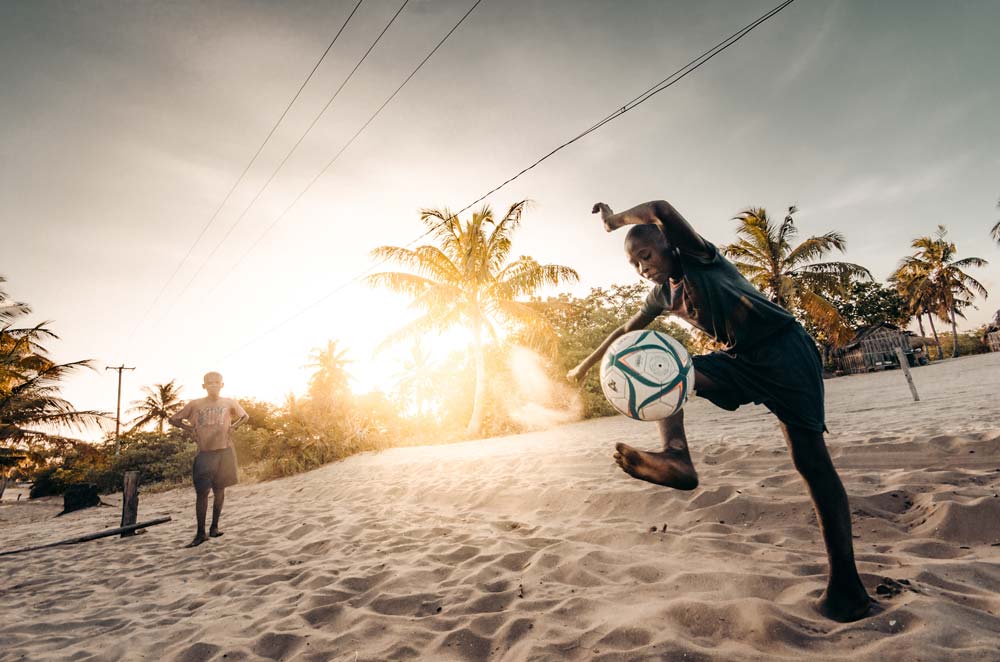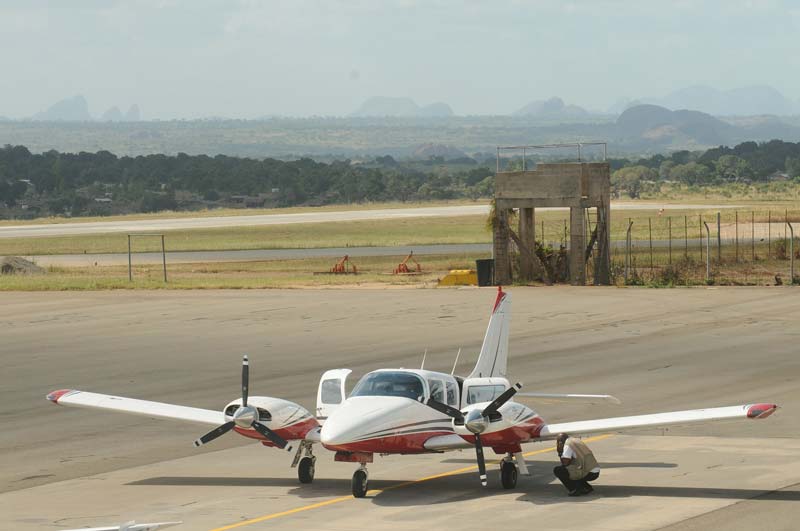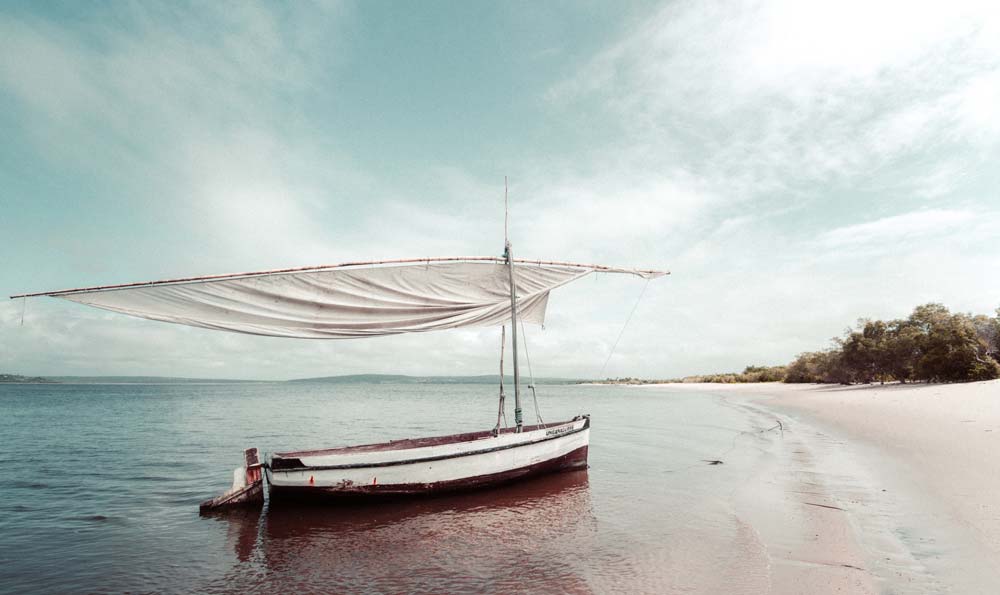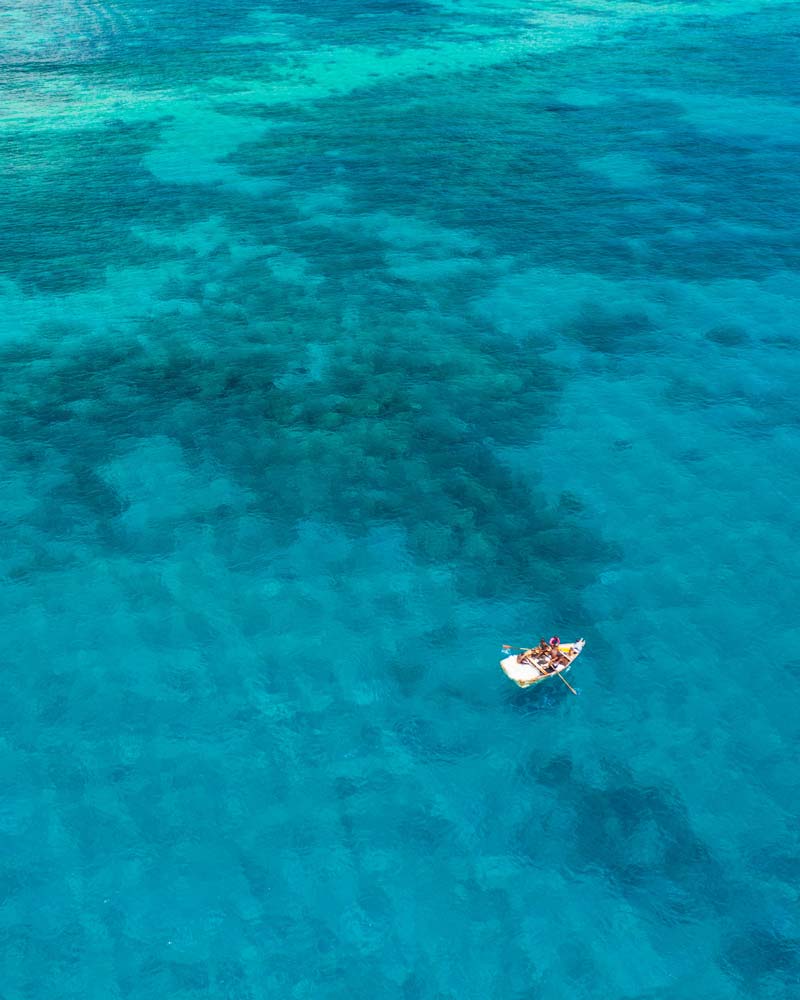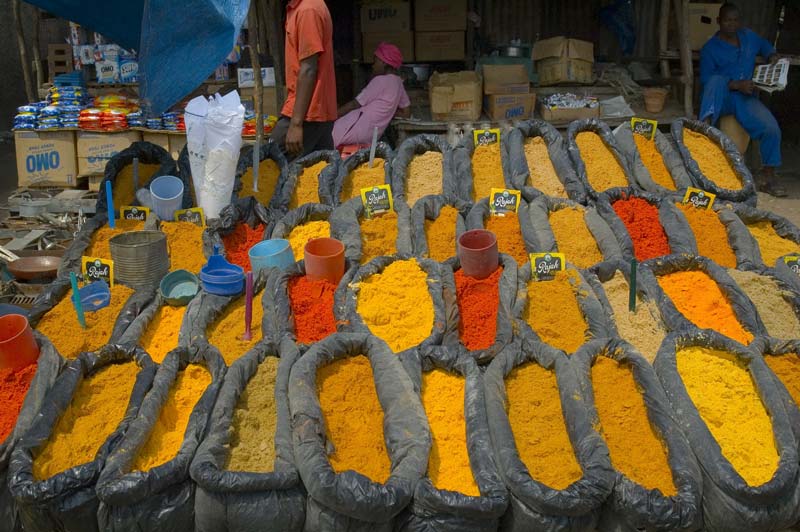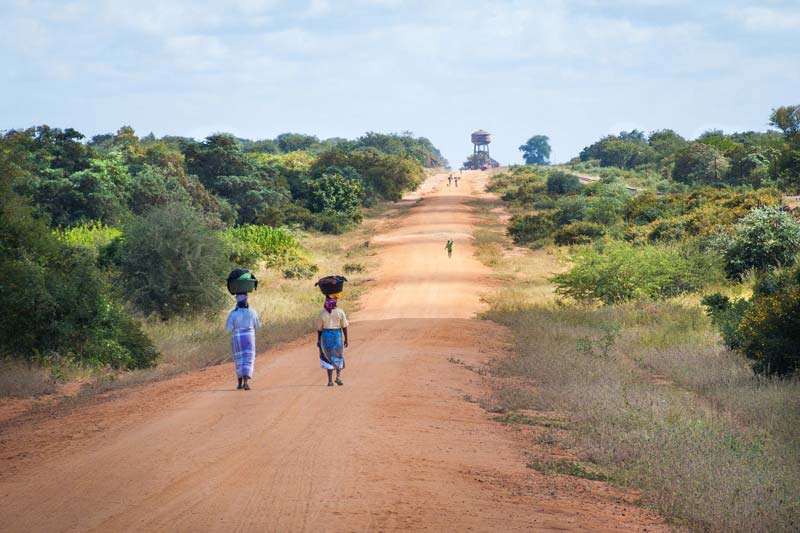Why Mozambique ?
Mozambique is a popular tourist attraction and the first image that comes to mind when the country is mentioned, is the famous long white beaches that seem to stretch on forever. It’s no surprise then that many who visit Mozambique fall in love with its coastal beauty and wildlife. But Mozambique also has its own fair share of forests and nature parks with abundant amounts of species. Take a look at what this picturesque country has to offer.
Maputo
Maputo is the capital city of Mozambique and can be described as both a cultural hub and scenic retreat. The city sits on the coast and impressive skyscrapers, serving as hotels and businesses, overlook the ocean right from the beach front. Here are some interesting things to do in Mozambique:
Praia da Costa do Sol
For an unusual view of Mozambican culture and entertainment, the Praia da Costa do Sol will show you another side to Maputo. This beach resort gives its visitors access to stretched out beaches where locals gather to entertain themselves — and inadvertently, the resort’s visitors. From volleyball and soccer games to band performances and singers, the rich culture will be one of the highlights of your stay in Maputo! Something else you can’t miss is the ample food stalls along the beach where local flavours are infused into chicken or fish, grilled on charcoal fires. Yum!
The fish market
The Maputo Fish Market, also known as Mercado do Peixe is the seafood lover’s greatest find in the city. It consists of various stalls selling all types of seafood, from calamari and crab to salmon and crayfish and it’s probably the freshest seafood you’ll ever find. Some stalls will transform your purchase into a delicious meal at an extra fee and you won’t be sorry! On Sundays the market is transformed into a place where families and friends get together and have a good time — and of course, good food!
The fortress
If you’re into the back-story of a nation and how their culture and traditions came to be, the Fortress of Maputo simply has to be on your list. Promising a quiet day out, the fortress was originally used during the war and rebuilt in the 1950s into a museum. Today it houses temporary exhibitions from local artists that showcase various topics related to the history of Mozambique and its struggle to independence. There is also still some war equipment on show and the tour guides are sure to tell you everything about the Maputo Fortress.
- Natural History Museum
The Portuguese neo-Gothic style that defines the building of the Maputo’s Natural History Museum is almost reason alone to visit this site. The museum showcases an impressive variety of Africa’s wild animals through the taxidermy of those actual animals. It also educates visitors on the animal’s heritage, species, current status and other interesting information. Some unusual elements on display include perfectly preserved elephant phoetuses, something extremely rare to find. Make sure you include the Natural History Museum in your visit to Maputo if you find the African wildlife of interest!
- Núcleo De Arte
We refer you back to our earlier description of Maputo as a cultural hub, with the Núcleo De Arte, a local art gallery with a twist. During the day, the gallery serves as studio to local artists who complete their paintings or pottery while visitors may watch them. They even allow some interaction and discussions with the artists, along with some light refreshments for sale. At night, the studio transforms into the art gallery, where the hard day labours of the Maputo artists are put on display and sold!
- Tete
Tete, the capital city of the similarly named province, Tete in Mozambique, is located on the banks of the Zambezi river, making it an attraction not to miss. Two bridges cross the majestic river from the city of Tete, surrounded by nature you’ll only find in Africa. Find out about that and more happening in Tete.
- Missão de Boroma, Tete
Out into the rough African landscape on the banks of the Zambezi in Tete, lays the Missão de Boroma, a historic church, only accessible with 4-wheel drive vehicles. The church (now only ruins) was once declared a National Monument in 1945, and became a School of Arts and Crafts. The ruins have been forgotten and neglected over years, but some insignia from its time of use may still be seen. It is not a popular spot, so if you enjoy the local history, you’ll be able to take your time in peace!
- Paraíso Misterioso
A mini entertainment area, also overlooking the Zambezi river, is the Paraíso Misterioso in Tete. It caters to families and tour groups by offering a cinema, kids’ playground, a restaurant with live music and living quarters. The accommodation ranges from single rooms to small apartments that are ideal for families planning to stay a while. It is a great place to stay a few days or to use as a central point while touring the rest of the Tete province.
- Cahora Bassa Lake, Tete province
Moving away for a moment from the Zambezi river, we look to the north-west region of the Tete province to the Cahora Bassa Lake. The lake is Africa’s fourth-biggest man-made lake and covers a surface area of over 1000 square miles! It also houses the largest hydroelectric power plant in southern Africa and is considered most efficient when it comes to Mozambique’s power stations. There are many things to do, including kayaking, boat rides, bird watching and watersports. It promises a fun day out for the whole family!
- Tete tours
There is a variety of tours on offer in Tete, because like most places in Africa, the rural natural beauty is unforgettable. Choose between local city or town tours that educate its visitors on local history and culture; guided boat rides on the Zambezi (weather conditions allowing) with great chances of spotting crocodiles or hippos; or even fishing tours that challenges its visitors to catch the Tiger fish, one of the most notoriously difficult fish to catch! It’s a great place to see the various influences coming across the bridges into the Tete province.
- Café del Rio
When you need a break from the busy city of Tete, make sure to find your way to the Café del Rio. The 60 seater restaurant is one of the most popular restaurants in the area, due to both the spectacular views of the Zambezi river and the good food it serves. The restaurant also boasts with a cocktail bar that hosts parties frequently. The sunsets are amazing and rumour has it that the owner often arranges for booze cruises on the river using dhows, a small ship typical to the Tete provincial region.
- Niassa
Niassa is Mozambique’s most sparsely populated province with an estimated 8 people per square kilometre! A calm area with beautiful landscapes, Niassa province has much to offer its visitors. The main points of interest include the Niassa reserve, Lake Malawi, Chizumulu Island and other lakes. But we have lost our hearts to Lake Niassa and we’ll tell you all about what there is to do!
Situated on the banks of the rushing Lugenda River, right next to the Tanzanian border is the beautiful Lake Niassa National Park, the largest reserve in Mozambique. It’s quite remote, which means that unlike other parts of the country that have suffered irreparable damage due to the civil war, the Lake Niassa National Park has been untouched. It is densely populated with a wide variety of game due to the fact that it’s made up of various ecosystems. It has become a well-known area, but not a popular tourist attraction — again, because it is quite remote. We believe that it’s worth a few days, though, because there is so much to see and do.
The main attraction to the park’s visitors is the game drives, where you can choose how long you want to spend out in the African wilderness with your guide. However long or short your drive, you are guaranteed to have many sightings of the wildlife living in the Lake Niassa National Park.
If you’re an adventurist we recommend renting a canoe or boat and sailing onto Lake Niassa and the river to view the water-version of the traditional game drive. See crocodiles and hippos basking in the sun; impala, waterbuck, kudu and other game come to the lake to drink and all the birds you can think of!
Niassa is the perfect getaway from the busy towns and cities that can so often get overcrowded with tourists and locals alike. You should definitely book some time here during your trip to Mozambique if your plan is to rest up before heading back to the normal life!
- Pemba
Pemba is the capital of the Cabo Delgado Province on the northeast coast of Mozambique. The picturesque port town is surrounded by Pemba Bay with its beautiful coral reefs; Wimbi Beach with long white beaches with lush palm trees; and the Quirimbas National Park, home to various sea animals including dolphins and whales. Take a look at what there is to do in Pemba.
- Artes Maconde
If you’re into arts and crafts, you simply have to visit the Artes Maconde in Pemba. It is known as one of the best craft shops in all of Mozambique, because its products are brought from as far as the Democratic Republic of the Congo. Craftspeople from all over southern Africa bring their wares to be sold at this lively trade hub and the trade even extends beyond international air and sea borders! Stop in for a busy afternoon in Pemba and view the unique crafts, carvings and textiles.
- Wimbi beach
Just over 4km east of downtown Pemba is Wimbi beach, not only a prime destination for watersports, but also a hub of beach bars, small eating stalls and accommodation scattered along the beach. Diving and snorkelling is especially popular here due to the coral reefs, but deep sea fishing and sailing are equally popular. Swimming is safe and encouraged, making it the perfect spot for a family day.
- Paquitequete township
A unique place to see in Pemba is the Paquitequete township, the traditional district of Pemba. It’s a small fishing township, settled on the white sand with narrow streets and has its own mosque, school, port and market. Hiring a guide for the day is no problem and they will embark with you on a journey through the township, showing you the best spots and leading you to the fish market for lunch. The locals are mostly Muslim and are warm and friendly toward all visitors. Make sure to stop by here for a unique day in Pemba!
- Clube Naval
An entertainment centre during the day and night, Clube Naval in Wimbi Beach just outside Pemba is worth a visit. It offers a restaurant, volleyball area, children’s playground, swimming pool and a bar. The restaurant offers a wide variety of food, from seafood to salads and the bar has excellent cocktails. It also hosts local musicians and gives them a showcase to play to their audience, turning the venue into chaos! Clube Naval is a must in Pemba, whether you need to entertain yourself or the whole family.
- Marcado Mbanguia
Possibly the most interesting and versatile market in Pemba is the Marcado Mbanguia in the Natite neighbourhood. you’ll find everything you need here, from food like dried fish, chickens (live or freshly slaughtered), spices and vegetables to kitchenware, including fabric and traditional carvings. Spend an afternoon wandering through the stalls, watching the locals interact and having some good food, made upon request.
Mozambique is a popular tourist attraction for good reason. Its natural beauty is so diverse, ranging from forest to ocean and everything in-between. It offers so much to do to anyone who visits it and once you return from Mozambique, you can be sure to feel refreshed, relaxed and recharged. We have shared with you only a glimmer of what Mozambique has to offer. There is much more to see and do in this beautiful African coastal country!
Hello everyone, I am the main writer for SIND Canada. I’ve been writing articles for more than 10 years and I like sharing my knowledge. I’m currently writing for many websites and newspaper. All my ideas come from my very active lifestyle. I always keep myself very informed to give you the best information. You can contact me on our contact page or by email at: [email protected].

